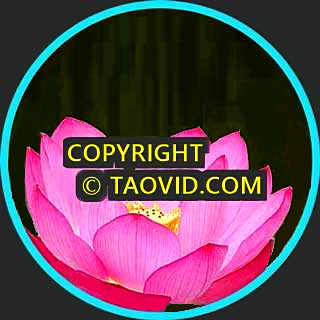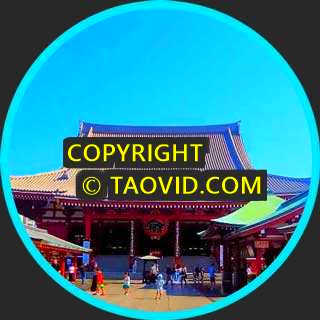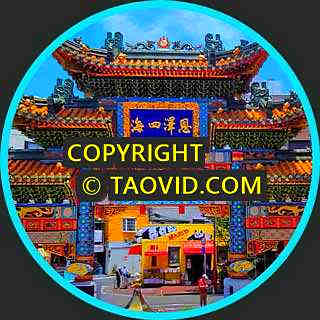Mukuge in Jindai Botanical Gardens – Chofu, Tokyo
Mukuge or Hibiscus syriacus is a species of flowering plant in the mallow family, Malvaceae. It is native to south-central and southeast China, but widely introduced elsewhere, including much of Asia. It was given the epithet syriacus because it had been collected from gardens in Syria. Common names include the mugunghwa (in South Korea), rose of Sharon (especially in North America), Syrian ketmia, shrub althea, rose mallow (in the United Kingdom). It is the national flower of South Korea and is mentioned in the South Korean national anthem.
Hibiscus syriacus has 5-petaled flowers (to 7.5 cm or 3 inches diameter) in solid colors of white, red, purple, mauve, violet, or blue, or bicolors with a different colored throat, depending upon the cultivar. Extending from the base of these five petals is the pistil at the center, with the stamen around it. These basic characteristics give the flower and its many variants their distinctive form. The plant can bloom continuously from July through September, usually at night. With maturity, flexible plant stems become weighted under the load of prolific summer flowers, and bend over halfway to the ground.
Chofu is a city in the Tokyo Metropolis, Japan.
Video Source: 短命なムクゲ見頃‼神代植物公園2021 Mukuge that blooms short-lived flower full bloom at Jindai botanical garden 2021 from 名無くん on Youtube ⁄ CC BY






